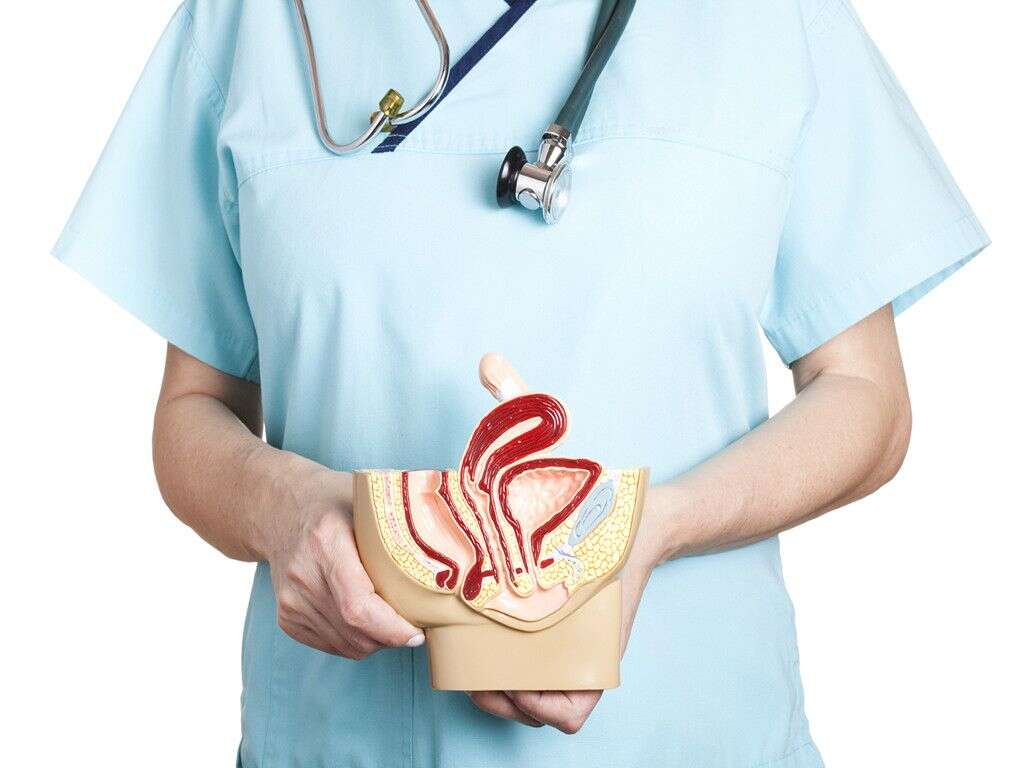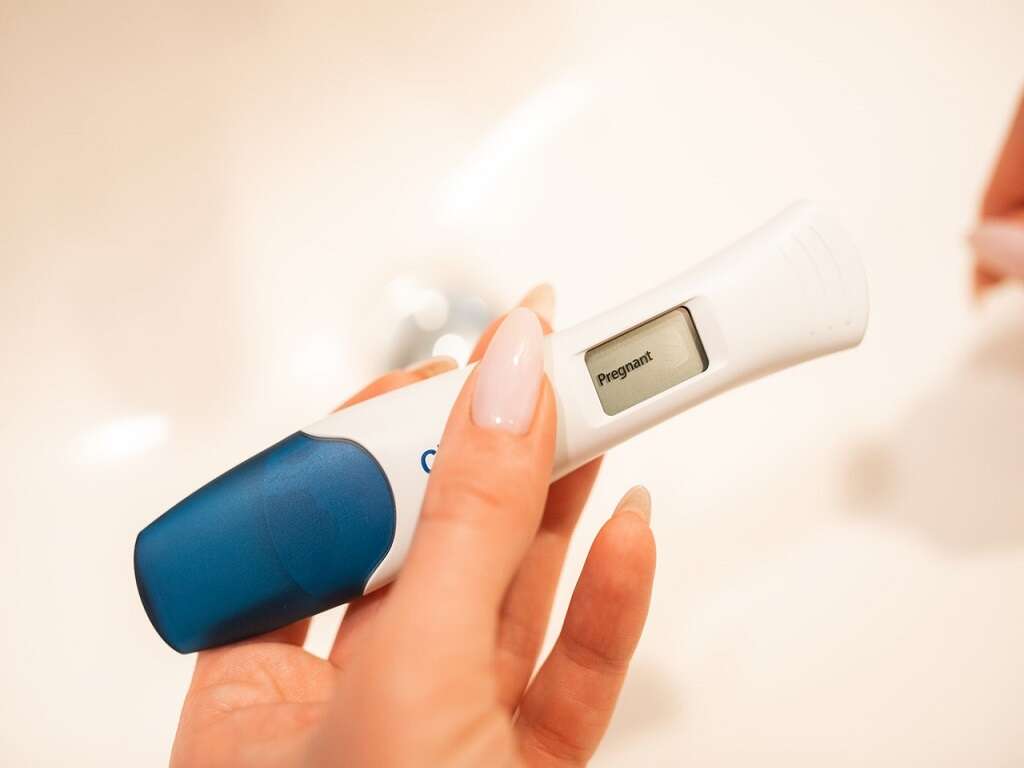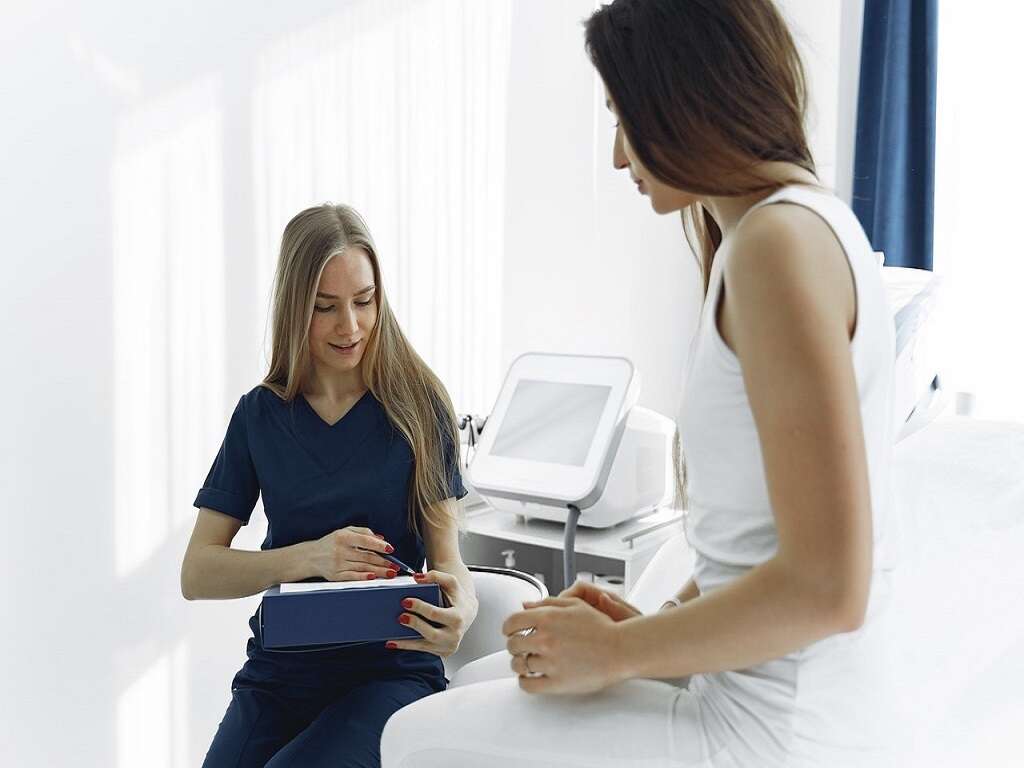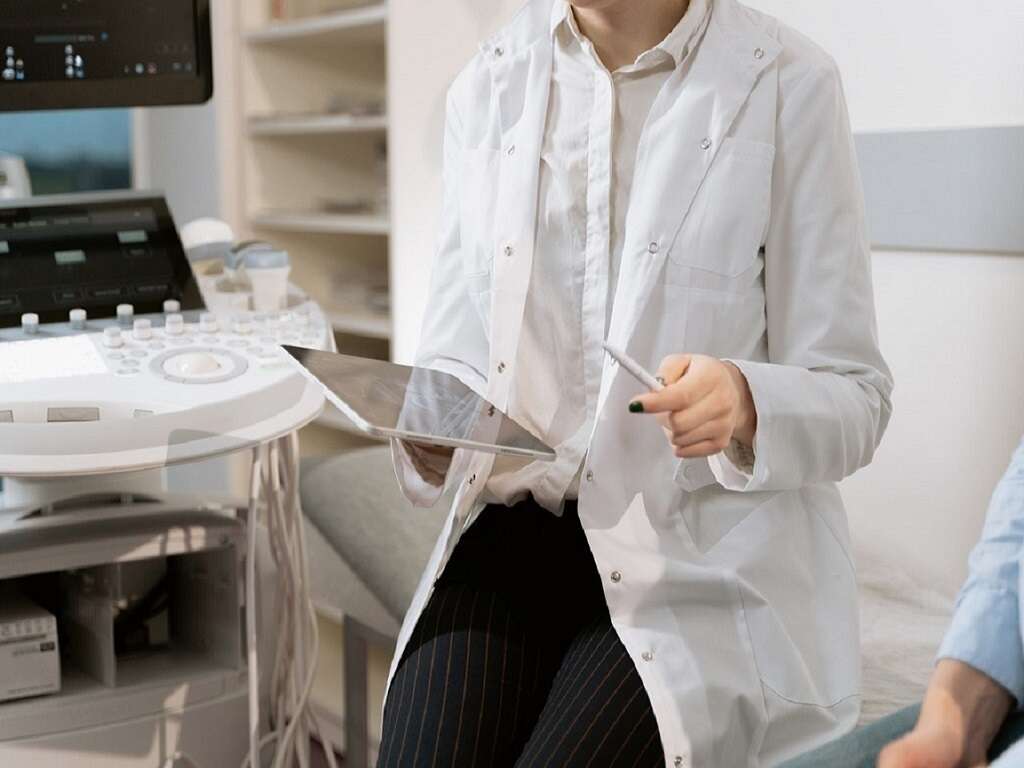10 Uterine Prolapse Symptoms
Uterine prolapse occurs when the uterus has descended toward the vaginal opening. Symptoms of uterine prolapse can worsen with time if left untreated. The uterus is held in place by ligaments and a hammock of muscles. When the ligaments supporting the uterus weakens, the uterus can no longer stay in place and slips down, resulting in prolapse. The ligaments that help hold the uterus in place are the ovarian ligament, round ligament, broad ligament, and uterosacral ligaments. The most important ligaments that help prevent a uterine prolapse are the uterosacral ligaments. In more severe cases of uterine prolapse, it can prolapse to extend several inches past the vaginal wall. The risk factors of a uterine prolapse include pregnancy, constipation, obesity, childbirth, and chronic coughing. The commonest cause of uterine prolapse is due to history of trauma during childbirth, especially when the individual has had multiple or difficult births.
The diagnosis of a uterine prolapse can be made based on a clinical examination. Uterine prolapse is essentially a type of pelvic organ prolapse. The prevention of uterine prolapse can be made through the management of chronic breathing problems, maintenance of a healthy weight, and not smoking. The treatment of uterine prolapse can be conservative, mechanical, or surgical.
The likelihood increases with age, especially among those who have gone through menopause. This article looks at 10 symptoms of a uterine prolapse.
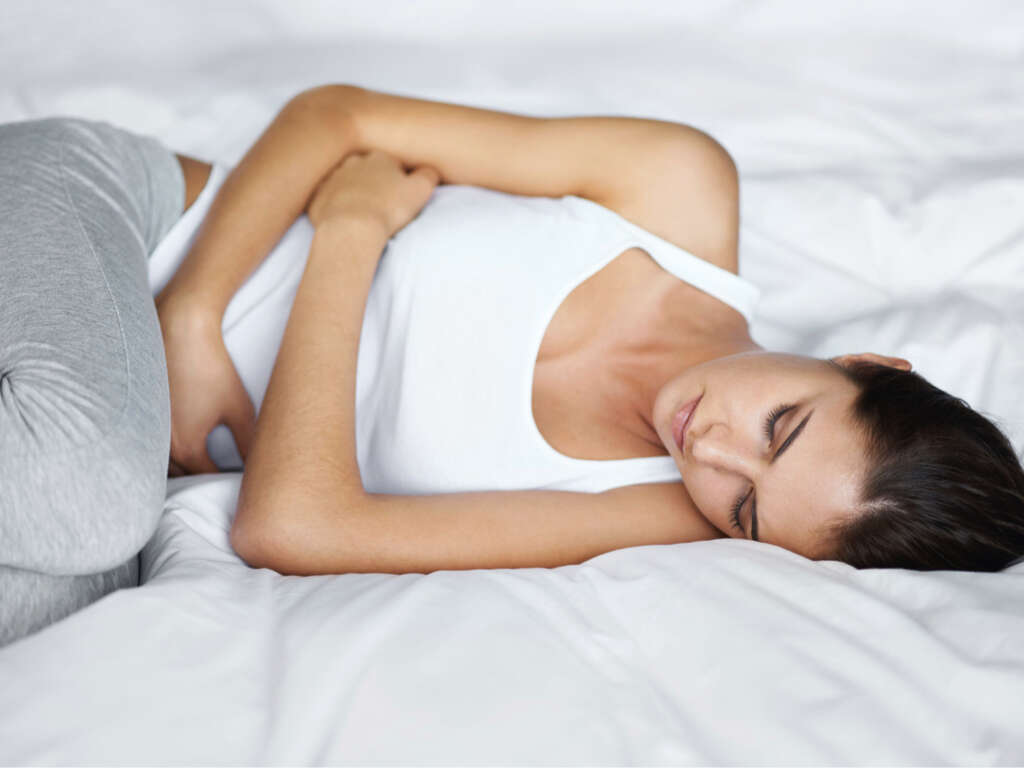
Symptom #1: Vaginal Fullness
Vaginal fullness can be described as a sensation where one feels that there is increased pressure or a sensation of fullness in the vaginal area. Some may say that it feels like sitting on a ball.
This feeling may decrease when the individual lies down. It may increase when the person strains such as during coughing or lifting something. Vaginal fullness can also cause a feeling of heaviness in the vaginal or pelvic area.
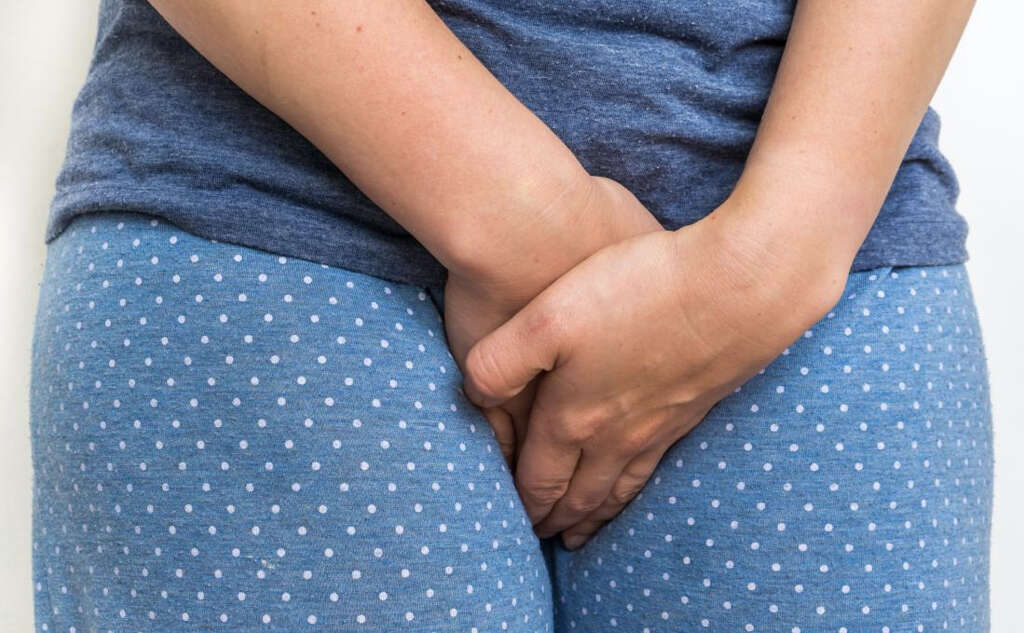
Symptom #2: Pain During Sex
Pain during sex, or dyspareunia, can be due to psychological or medical issues. The pain can occur on the surface of the genitalia or deeper in the pelvic region. To identify the cause of the pain, it is important for the physician to determine the nature, location, and duration of the pain.
In most cases, pain during sex is due to multiple underlying causes. Some causes of pain during sex include infections involving the reproductive system, cancer, tissue injury, endometriosis, adenomyosis, uterine prolapse, ovarian cysts, or tumors.
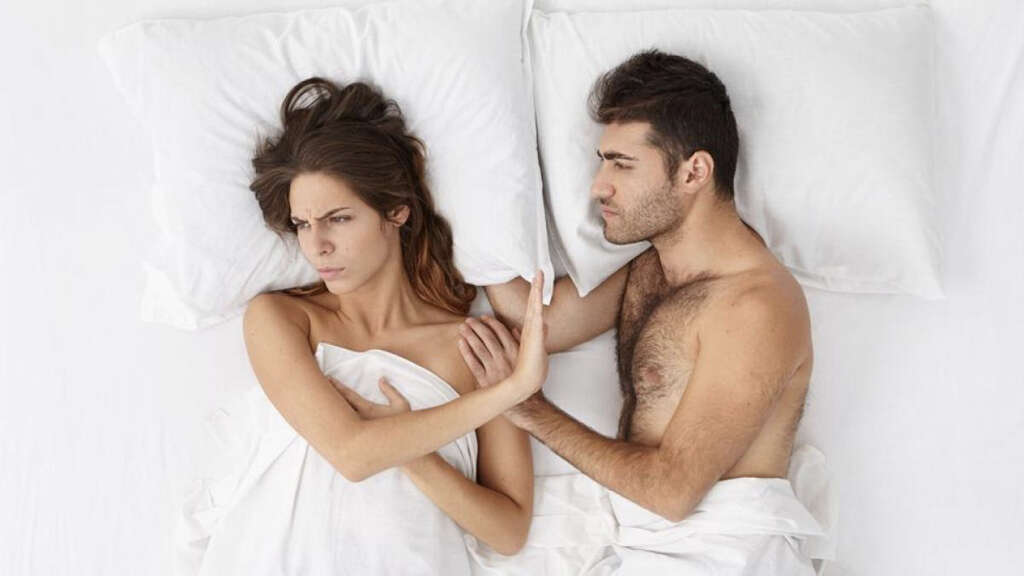
Symptom #3: Difficulty Urinating
Some of the urinary issues that patients with uterine prolapse may experience include increased urinary frequency and urgency. Frequent urination occurs when the individual feels the need to pee despite having small amounts of urine. Urinary urgency refers to the need to urinate immediately and the inability to hold the pee until reaching the toilet. This is due to the involuntary contractions of the bladder muscle.
Some other issues include having a weak or prolonged urinary stream where the urine flow can slow down to the point where it dribbles. After urinating, some patients also feel that there is incomplete emptying. They may also experience the need to change positions to start or complete urination. Urinary issues in uterine prolapse patients happen as the prolapse pulls the ureter downward.
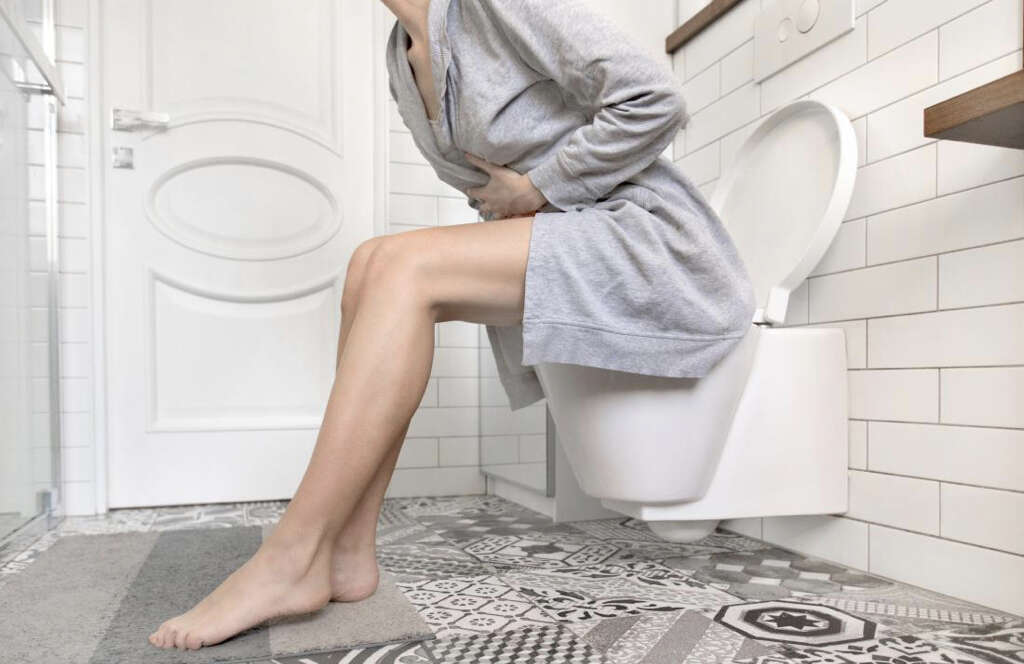
Symptom #4: Urinary Incontinence
Urinary incontinence or involuntary urination occurs when there is uncontrolled leakage of urine. It is a very common issue but can cause significant distress as it can have a negative impact on the quality of life. It is an important issue among geriatric patients.
Risk factors of urinary incontinence include menopause, history of pelvic surgery, pregnancy, and childbirth. Urinary incontinence can be generally categorized into urge incontinence, overflow incontinence, stress incontinence, and functional incontinence. Uterine prolapse patients who experience urinary incontinence may benefit from a surgical repair.
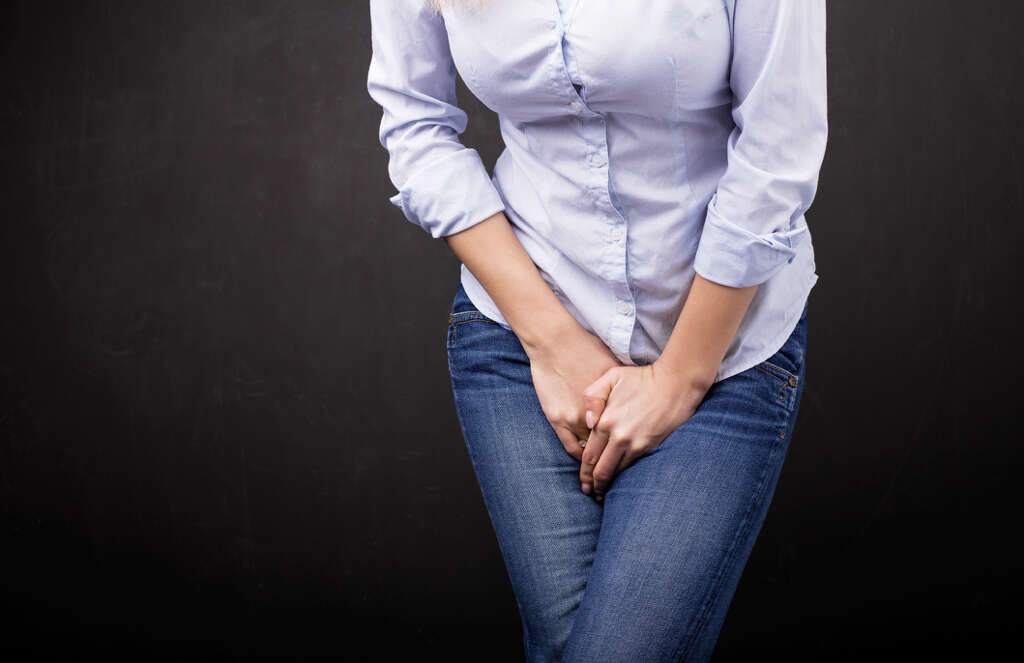
Symptom #5: Constipation
Constipation can be medically defined as having less than 3 bowel movements per week while severe cases occur when there is less than 1 bowel movement per week. Constipation can cause lower abdominal pain, rectal bleeding, anal fissures, and hemorrhoids.
Constipation can be caused by various issues such as dehydration, low fiber intake, poor bowel habits, side effects of medications, laxative abuse, and hormonal disorders. In uterine prolapse patients, constipation occurs when the prolapse pulls the rectum downward, causing a bend or kink in the tube, resulting in constipation.

Symptom #6: Low Back Pain
Low back pain is a condition where there is pain in the lower back. The pain can be sharp or dull and constant or intermittent. Acute pain lasts less than 6 weeks, sub chronic 6 to 12 weeks, and chronic more than 12 weeks. Low back pain can have mechanical, nonmechanical, or referred causes. Some examples of low back pain causes include sprains, strains, osteoarthritis, spinal disc herniation, degeneration of the intervertebral discs, endometriosis, ovarian cancer, uterine fibroids, and ovarian cysts.
Low back pain has also been reported as one of the symptoms for individuals with uterine prolapse. This may be due to the ligaments that hold the uterus in place such as the uterosacral ligament that connects the sacrum and uterus. When the uterus prolapses, the ligament stretches and pulls on the sacrum, which may contribute to low back pain.

Symptom #7: Vaginal Spotting
Vaginal spotting refers to light bleeding from the vagina that is not due to menstruation. It may be due to bleeding from the vaginal wall or any other part of the female reproductive system. It can occur at any age and should always be investigated if it occurs in children or postmenopausal women.
Some causes of vaginal spotting include adenomyosis, uterine fibroids, cervical cancer, and uterine cancer. Vaginal spotting among patients with uterine prolapse can be from ulceration of the protruding vagina or cervix.

Symptom #8: Lower Abdominal Discomfort
The abdomen can be divided into 9 regions: right hypochondriac, epigastric, left hypochondriac, left lumbar, umbilical, right lumbar, right iliac, suprapubic, and left iliac regions. The different regions of the abdomen can aid in the diagnosis of abdominal pain or discomfort. Lower abdominal discomfort refers to the right iliac, suprapubic, and left iliac regions.
Some common causes are menstrual cramps, diverticulitis, gas, inflammatory bowel disease, constipation, and hernia. Based on a study published in 2011, women with pelvic organ prolapse (such as uterine prolapse) were more likely to experience lower abdominal pain that interfered with their daily routines.
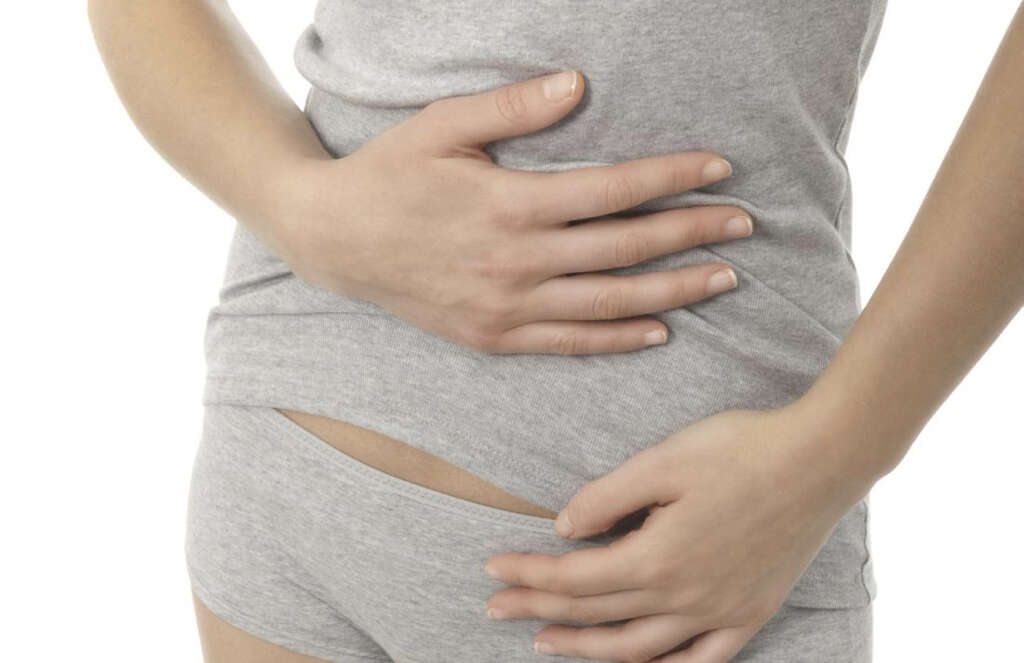
Symptom #9: Defecatory Difficulties
Defecation refers to the act of passing a bowel movement. It is the final act of digestion where semisolid or solid waste is excreted from the digestive tract via the anus. Feces are expelled with the help of peristalsis in the colon walls. This motion helps to move fecal matter toward the rectum.
In patients with uterine prolapse, the uterus pulls the rectum downward and causes a bend in the rectum, resulting in defecatory difficulties such as the need to strain during defecation, a feeling of incomplete emptying, and needing digital evacuation to help complete defecation. Like the urinary symptoms, this issue usually resolves once surgical repair is performed to return the uterus to its normal location.

Symptom #10: Tissue Protrusion
In advanced stages of uterine prolapse, patients may experience some very uncomfortable symptoms. As the disease progresses, part of the uterus may come out of the vagina.
This symptom is associated with advanced stages of the disease and surgical correction is oftentimes needed. It is important to seek medical attention for proper diagnosis and treatment.




